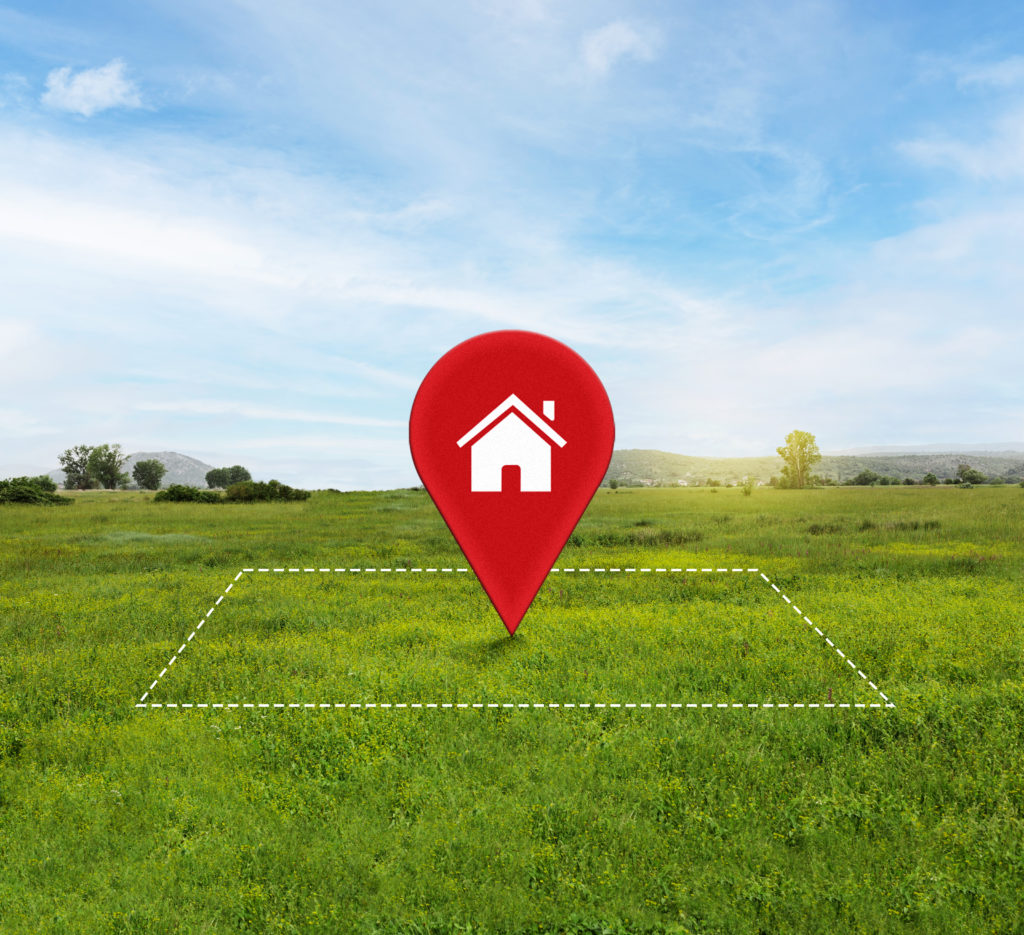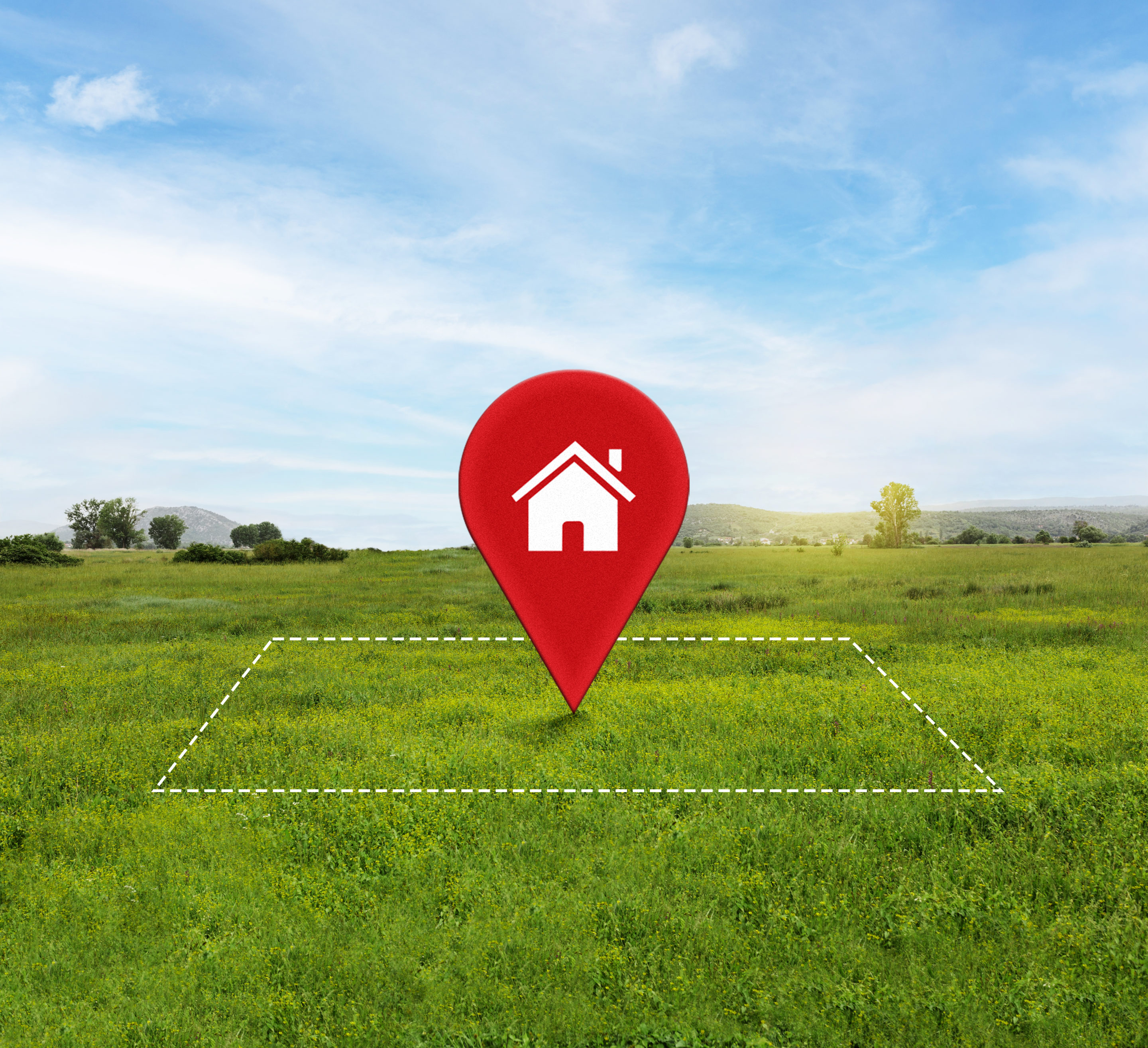If you are planning to foray into the real estate market for what may be the most significant purchase or sale of your life, you will encounter numerous terms – from the straightforward to the obscure. Terms like saleable area or loading factor in real estate are sure to throw you off the balance if you don’t understand what they truly mean. Without a clear understanding of these terms, you may misunderstand the details of the transaction or underestimate the true costs involved.

For example, you may not realise that a property’s saleable area does not include common areas or that there are additional fees beyond the purchase price, such as stamp duty, property taxes, etc.
Whether you’re an aspiring realtor, homebuyer, or merely curious about the industry, we’ve curated the ten most frequently used real estate terms that you must be aware of.
10 most commonly used real estate terms
A lack of understanding of real estate terms can make it difficult to compare properties effectively or negotiate the terms of a sale. It can also lead to confusion and frustration during the transaction, as buyers may feel overwhelmed or taken advantage of by sellers or real estate agents who use unfamiliar jargon.
Here are 10 real estate terms that will help you to make informed decisions and avoid potential problems.
1. Guideline Value / Guidance Value / Circle Rate / Fair Value
The Guideline Value (also known as Guidance Value, Circle Rate and Fair Value) is the lowest price at which a property can be registered in a specific locality. It applies to both commercial and residential properties and is determined by the government as the minimum value of the land in that area.
2. Carpet Area
Carpet area refers to the actual usable area of a property. It comprises the usable floor area along with the space covered by external walls, balconies, verandas, open terraces, service shafts, and common areas like corridors, lifts, gyms, swimming pools, and playgrounds. It is the actual area where a carpet can be laid, and is a crucial measure for calculating the space available in a residential property.
3. Built-up Area
The built-up area of a housing unit includes the carpet area as well as the thickness of both the internal and external walls, in addition to the area of any balcony. It is the total area of the unit, encompassing all interior and exterior spaces, and is usually 10-20% more than the carpet area.
4. Super Built-up Area or Saleable Area
The super built-up area is the sum of the built-up area plus the area occupied by common areas such as lobbies, lifts, children’s play areas, and gyms, among others. In an apartment project, the saleable area is distributed evenly among all units and is generally 25-30% more than the carpet area. This is the total space that a buyer pays for and is a crucial factor that determines the final cost of the property.
5. Market Value
Market value is the estimated amount that a property can fetch in the open market. It is determined by several factors like location, infrastructure, amenities, and demand and supply. The market value of a property is essential to determine its resale value or to arrive at a fair price during negotiations.
6. Floor Space Index (FSI) or Floor Area Ratio (FAR)
The Floor Space Index (FSI) or Floor Area Ratio (FAR) is a crucial component of the real estate sector in India. The terms refer to the proportion of the built-up area allowed on a given plot in relation to the overall area of the plot. This ratio is influenced by factors such as the size of the plot, its location, and the width of the adjoining road. Although both terms are used interchangeably, they are denoted differently with FAR expressed in decimals and FSI expressed in percentages.
FSI and FAR are typically determined based on guidelines set by the National Building Code and regulated by the municipal or local authorities of the state government.
7. Loading Factor
The loading factor in real estate is the sum of the carpet area and the wall area of a given housing unit, along with any common areas shared among residents such as elevators, lobbies, service shafts, and corridors. Now you might find it similar to the super built-up area, but they refer to different concepts.
While the super built-up area includes the loading factor, it also includes other common areas and facilities provided by the builder, whereas the loading factor is a measure of the total area of a housing unit and common areas, but excludes other facilities provided by the builder.
For instance, if the super built-up area of a unit is 12000 sq. ft. and the carpet area is 10000 sq. ft, the loading factor will be 2000 sq. ft. (12000 – 10000). The loading percentage is then calculated by multiplying the loading factor by 100 and dividing it by the carpet area. In this case, the loading percentage would be 20% [(2000 x 100)/10000].
8. Occupancy Certificate or Completion Certificate
The document serves as proof that the construction of a building or project adheres to the approved plans and regulations set forth by local authorities. This certificate is issued by the municipal corporation or planning authority responsible for approving the project to the owner of the property. With this in place, the owner of the property can move in and stay.
9. Encumbrance Certificate
The Encumbrance Certificate is a crucial legal certificate that confirms a property’s freedom from any legal or financial obligations. It is important that you obtain this certificate before purchasing a property to ensure that the ownership and title of the property are valid. The sub-registrar’s office, where the property is registered, issues the Encumbrance Certificate.
10. Stamp Duty
Stamp duty is a government tax that is levied in accordance with Section 3 of the Indian Stamp Act, of 1899. The stamp duty rate varies from state to state and is calculated as a percentage of the transaction value or the minimum price of the property determined by the government, whichever is higher. The rate of stamp duty varies from state to state and can range from 3% to 10% of the property value. The stamp duty is usually paid by the buyer of the property, but in some cases, the responsibility may be shared between the buyer and the seller as per their agreement. Additionally, stamp duty discounts are applicable to buildings adhering to green standards.
Conclusion
From the saleable area to the loading factor in real estate we have covered some of the frequently used real estate terms in India that every buyer, seller, or investor should know. It is paramount that you understand these terms as they can help you make informed decisions and avoid any legal or financial troubles in the future.
As one of the most sought-after real estate development companies in Kerala, we understand the importance of transparency and clarity in our dealings with our clients. We strive to provide accurate and honest information about our properties, pricing, and terms and conditions. After all, well-informed clients are happy clients, and we make every effort to ensure that our clients have a seamless and pleasant experience.
If you are looking to invest in a residential property, we invite you to explore our portfolio of luxurious projects and see for yourself why we are one of the most trusted and reliable brands in Kerala.
Reach out to us at marketing@icloudhomes.in for more information.





